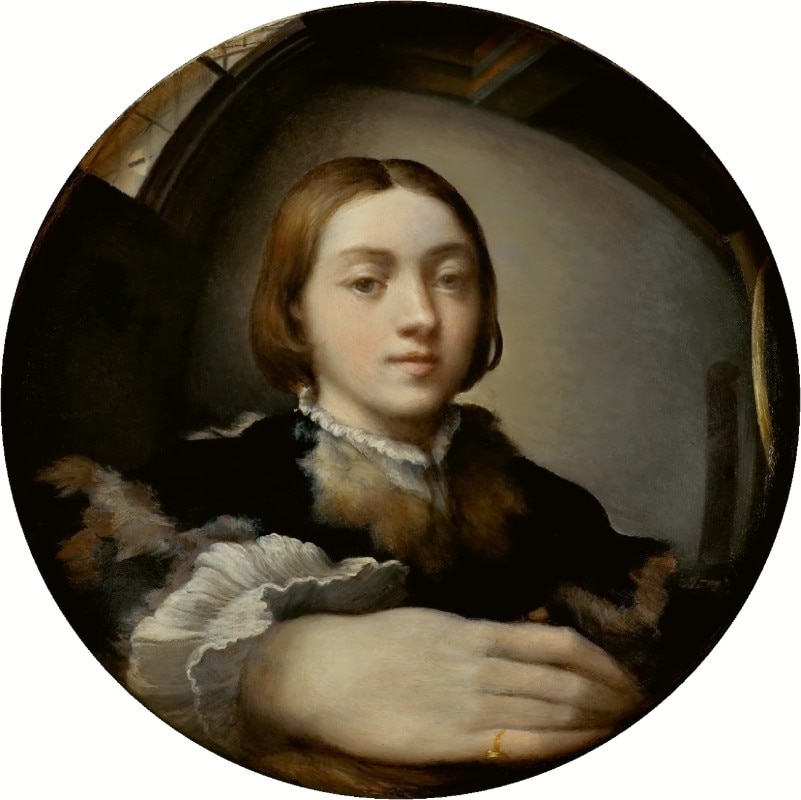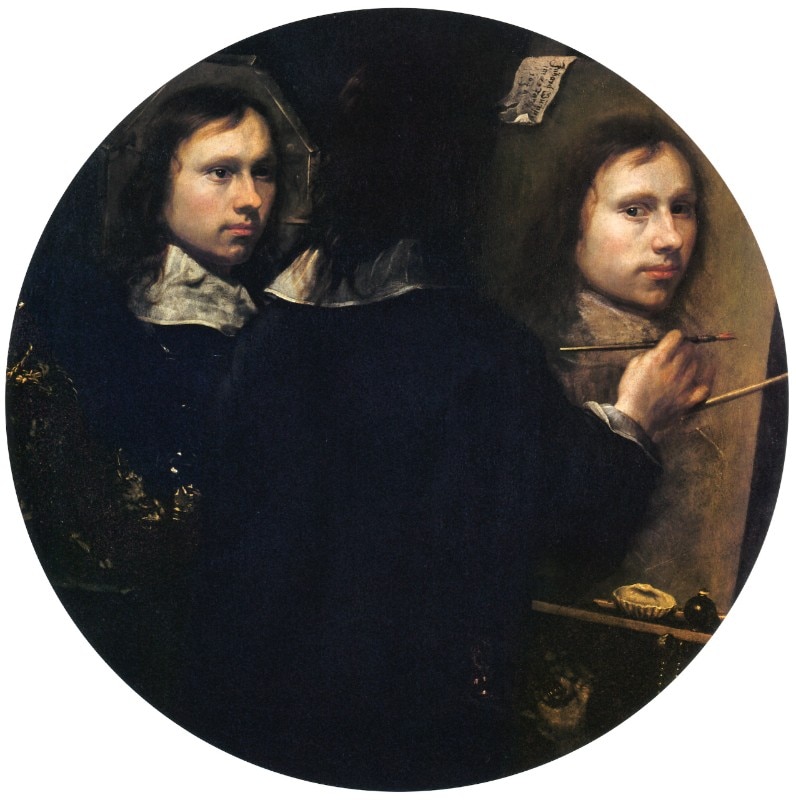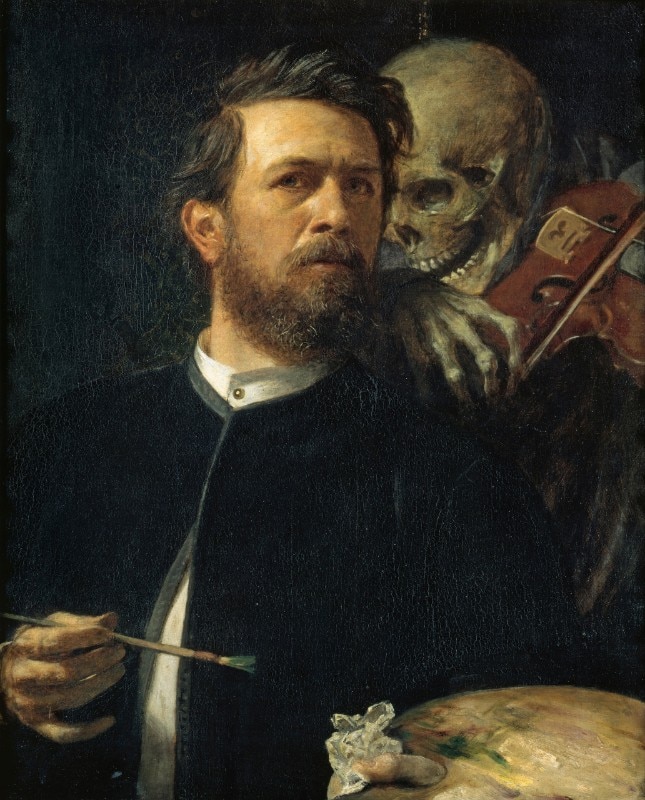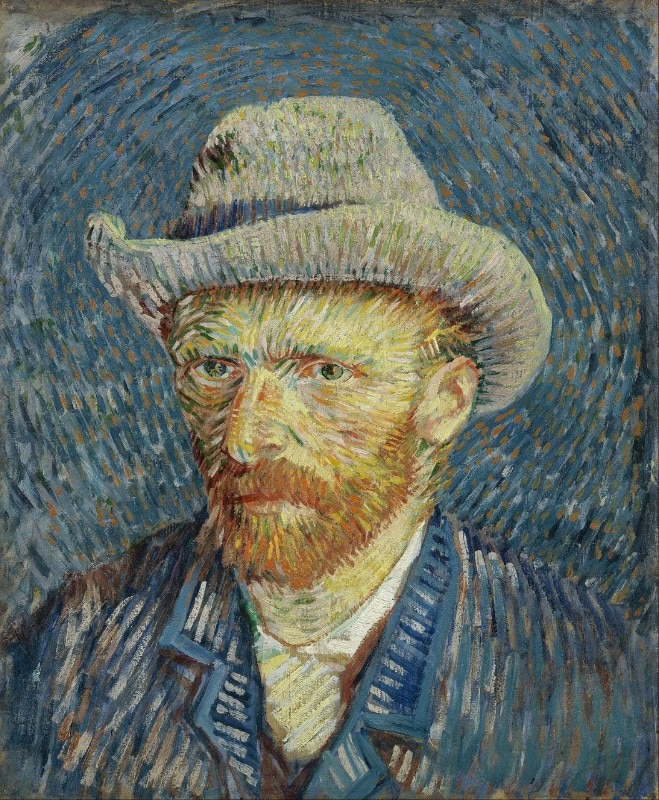We are starting again, in some different, weird new way, but we are going back to the life we were used to.
We complained, and rightly so, about missing our loved ones, our jobs, our routine, all our favourite places and all the things of which “the other” was a fundamental part. But we didn’t try to think that maybe this was the perfect occasion to stop and focus on ourselves - on our self.
In art, you don’t activate feelings or movements. You recognize them. Art is a human phenomenon, and its events are characterized by stimulating, exciting, or sentimental episodes, common challenges and revelations. Art is neither a hobby, nor an art gallery luxury let alone an elitist phenomenon. Art is life, community, real images, slices of life and recognition.

Among the many artistic themes, portraiture is the most introspective one, the one that tries to answer the question that everyone has asked themselves at least once in their life: “Who am I?”.
A portrait is not the same thing as a self-portrait. Representing your own face through the use of lines and colours is something else, a deeper and more painful investigation, a passage from the dimension of “yours” to the dimension of “mine”: an “I”.
The self-portrait represents for the painter a difficult path full of traps, a delicate moment in which the mirror portrays him and his ego, his figure is split in two, he is both agent-subject and patient-object, he is both model and artist.
You recognize them. Art is a human phenomenon, and its events are characterized by stimulating, exciting, or sentimental episodes, common challenges and revelations
For a man of faith, the all-seeing eye of God could represent the only gaze that observes and judges him, even if he finds himself among a multitude of gazes. On the contrary, in a self-portrait, the only investigating eye is that of the painter, who inevitably judges and observes himself, while in the portrait one relies on an unknown gaze, and this reliance is always full of expectations, with a different point of view but certainly full of vanity.
So, who should we trace the origin of the self-portrait to, if not Narcissus? The one who somehow handed the mirror over to us as an inheritance? He paid a high price for self-knowledge.

One of the most exemplary and fascinating self-portraits of all times is that of Johannes Gumpp. Here, the artist shows himself no less than three times: from behind, in a mirror, and on a canvas. In this painting, Gummp recreates a true individual introspection, where he is one and triune, an exaltation of his own self looking at himself, in the mirror, and looking at us from the canvas, all enclosed in a circle, the symbol of perfection and infinity. He shows and reveals himself through his figure as well as through an inscription that reads: “Johanes Gumpp / mi 20 Jare / 1646”.
Of course, Van Gogh couldn’t possibly know that more than a century later, the entire world would see his home as trivial and petty, just like he did, having found himself living his apartments like a prison, in a harsh physical and psychological state
Let’s stay on the path of perfection, and therefore of the circle: The Self-portrait in a Convex Mirror by Parmigianino. An image perfectly described, even if deformed by the convex mirror, an investigatory perspective, a fixed and sure look, the room behind him bare and empty because the real and only subject is him: the painter, the master, the man. An androgynous, elegant look, a refined tunic can be seen coming out of his sleeve, white and pleated, which highlights his hand, the one he uses to paint — the hand of a great master.
In 1872, Arnold Böcklin portrayed himself in a different, more human and less glorious way: with death right behind him, our mocking and faithful companion, with whom he established a bold and brazen dialogue. The brush moves on the painted palette and on the canvas as the bow hits the strings of Death’s violin. Two different instruments for two different figures: the brush creates, while the bow and the violin behind the artist are described in a time line, where time escapes and death dwells. A duet, a game, a dissonant rhythm between the colours and the macabre, where the complexion of the subject, and therefore of the artist, from the vivid colours and the gallop of his brush strokes go against the livid colours of death.

But let’s fast-forward a few centuries. In a harmonious image, characterized by vibrant yellows and blues and full-bodied materials, Vincent Van Gogh describes himself: he wears a felt hat, a stiff collar and the typical Parisian blue jacket. He represents himself as a prophet, modelled by the only colour that has an expressive intensity that leads to the focal point, radiated with vigour, to which the whole composition revolves: his Ego. From the centre, in a radial pattern, we see material pieces that make up the features of an almost-feline face. He wrote to his brother Theo: “Behind the head — instead of painting the dull wall of the mean room, I paint the infinite. I make a simple background of the richest, most intense blue that I can prepare, and with this simple combination, the brightly lit blond head, against this rich blue background achieves a mysterious effect, like a star in the deep azure”.
Of course, Van Gogh couldn’t possibly know that more than a century later, the entire world would see his home as trivial and petty, just like he did, having found himself living his apartments like a prison, in a harsh physical and psychological state. He had come to understand the importance of introspective investigation. A chance, a request, perhaps even a need. What about us? Were we able to make any use of it? To seize this one precious chance? “Know thyself” (“Gnōthi seautón”). This is one of the Delphic maxims inscribed in the forecourt of the Temple of Apollo in Delphi, and that for centuries has influenced the most important thinkers of Western culture: from Socrates to Plato, from Kant to Nietzsche. Have we looked at ourselves in the mirror, asking ourselves who we are?
Opening image: Vincent van Gogh, Self-portrait with grey felt hat, 1887/88. Van Gogh Museum, Amsterdam


